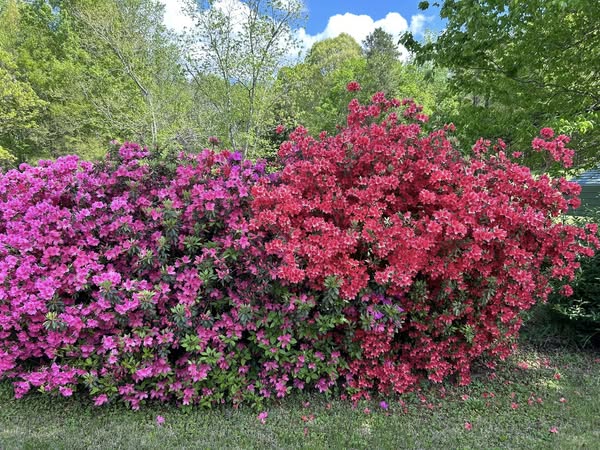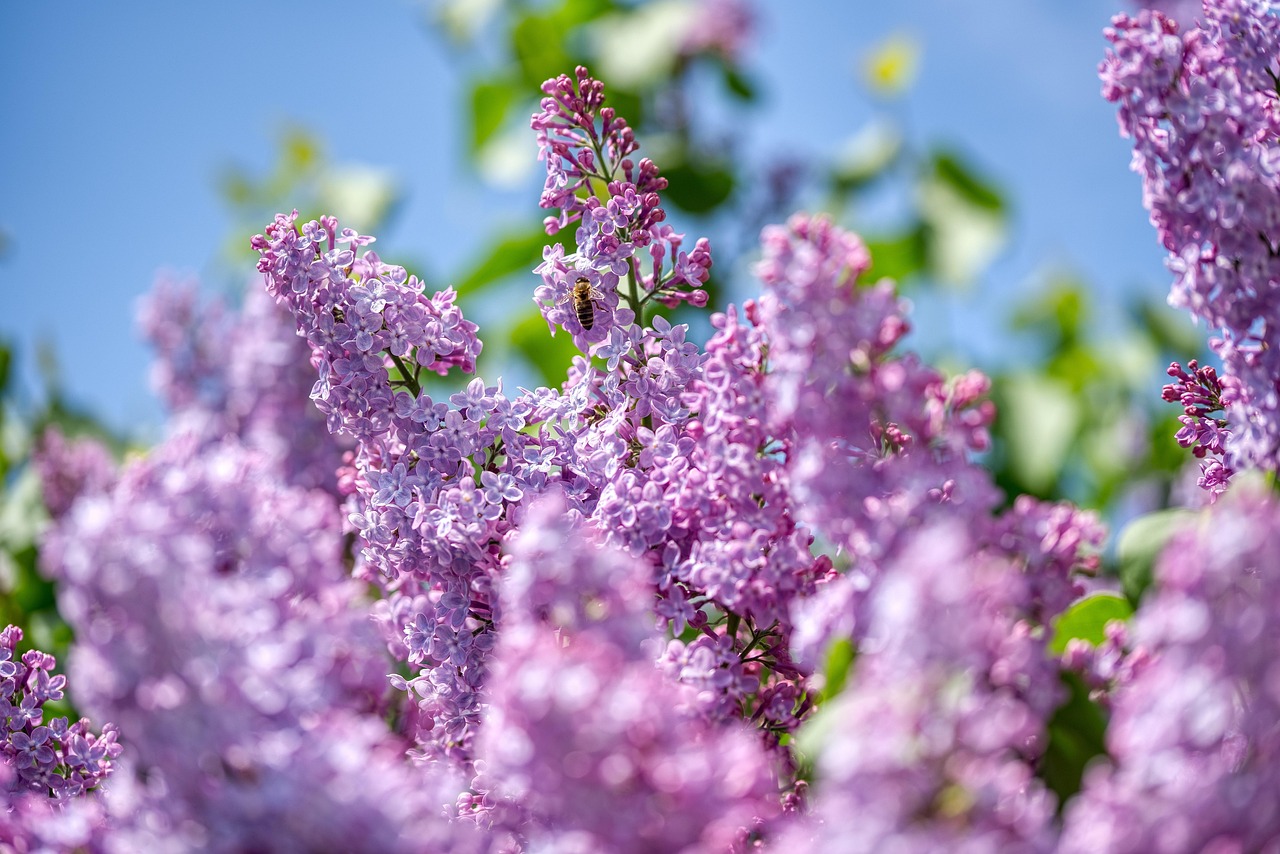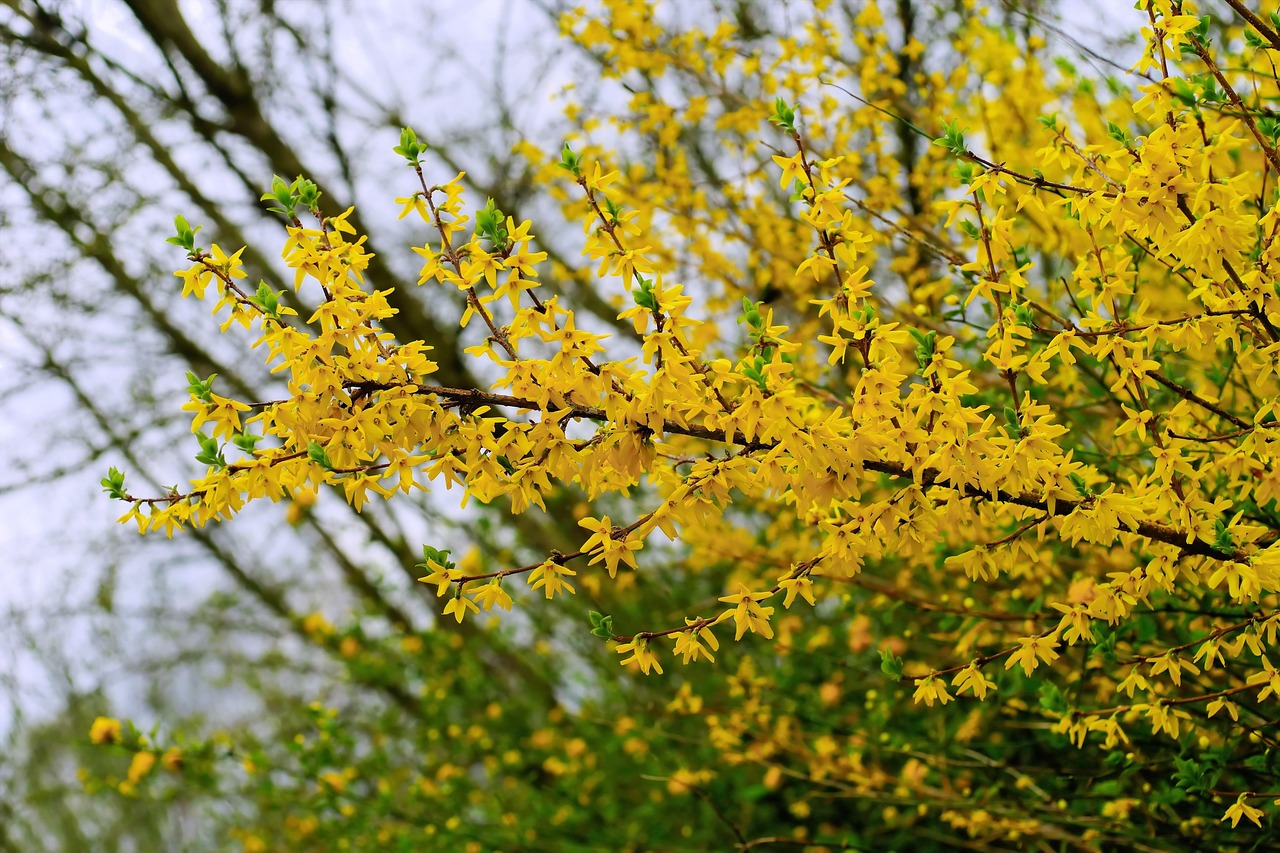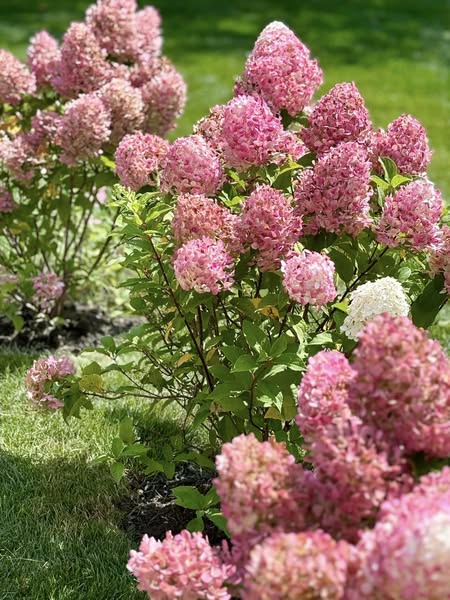As the crisp air of autumn settles in and leaves paint the ground in vibrant hues, gardeners often reach for their pruning shears, eager to tidy up before winter. But hold off! Fall pruning can harm certain plants, leaving them vulnerable to frost, disease, or stunted growth. Timing is everything in gardening, and knowing when not to prune is just as crucial as knowing when to make the cut. This guide dives into 10 plants you should never prune in fall, explaining why and pinpointing the perfect time to trim them for healthy, thriving growth. Whether you’re nurturing a blooming shrub or a fruit tree, let’s explore how to keep your garden flourishing by avoiding these common pruning pitfalls.
Why Fall Pruning Can Be Risky
Pruning stimulates new growth, which sounds great—until you realize that tender new shoots are no match for winter’s chill. Cutting back certain plants in fall can expose them to frost damage, weaken their structure, or disrupt their natural cycles. Each plant has its own rhythm, and fall pruning can throw it off, especially for those gearing up for spring blooms or preparing to store energy for winter dormancy. Let’s meet the 10 plants that deserve a pruning pause in autumn and learn when to give them the snip they need.
1. Azaleas

Why Skip Fall Pruning?
Azaleas, those vibrant spring bloomers, set their flower buds in late summer to early fall. Chopping them back now risks snipping off next year’s colorful display. Plus, fresh cuts can invite frost damage, stressing the plant as it heads into winter.
When to Prune Azaleas?
Wait until right after they bloom in spring. This gives you a window to shape the shrub and remove dead or overgrown branches without sacrificing flowers. Aim for late spring to early summer, typically May or June, depending on your climate.
- Tip: Lightly prune to maintain shape, and avoid heavy cuts unless the plant is severely overgrown.
- Tool Tip: Use sharp, clean hand pruners for precise cuts to avoid tearing the delicate branches.
2. Rhododendrons

Why Avoid Fall Trims?
Like their azalea cousins, rhododendrons set buds in late summer for their stunning spring blooms. Fall pruning not only removes these buds but also leaves the plant open to cold damage, especially in regions with harsh winters.
When’s the Best Time?
Prune right after flowering, typically in late spring. This timing allows the plant to recover and set new buds for the following year. For deadheading (removing spent flowers), do so gently to avoid damaging emerging buds.
- Pro Tip: If reshaping is needed, focus on removing only a third of the plant to avoid shock.
3. Lilacs

What Makes Fall Pruning a Bad Idea?
Lilacs are beloved for their fragrant spring blossoms, but they start forming next year’s buds soon after blooming. Pruning in fall means you’re likely cutting away those precious buds, leading to a bloom-less spring.
When Should You Prune Lilacs?
The ideal time is immediately after flowering, around late spring to early summer. This lets you shape the shrub, remove suckers, and clear out dead wood while giving the plant time to prepare for next year’s show.
- Maintenance Note: Regularly remove older, thicker stems to encourage new growth and better blooms.
4. Forsythia

Why Hold Off in Fall?
Forsythia’s cheerful yellow flowers are a springtime staple, but they rely on buds formed in late summer. Fall pruning strips away these buds and can weaken the plant, making it less resilient to winter cold.
When to Trim Forsythia?
Prune right after the spring bloom, typically in April or May. This allows you to shape the arching branches and thin out crowded areas without disrupting the next season’s flowers.
- Quick Tip: Cut back about a quarter of the oldest stems to ground level to keep the shrub vigorous.
5. Hydrangeas

Why Is Fall Pruning Tricky?
Hydrangeas are a mixed bag, as pruning needs vary by type. For mophead and lacecap varieties (Hydrangea macrophylla), fall pruning can remove buds set for next year’s blooms. Even some newer varieties that bloom on new wood can suffer from frost damage if cut in fall.
When to Prune Hydrangeas?
For old-wood bloomers (like mopheads), prune lightly after flowering in summer. For new-wood bloomers (like panicle or smooth hydrangeas), late winter or early spring is best, just before new growth starts.
- Key Consideration: Identify your hydrangea type before pruning. Not sure? Check the bloom time or consult a local nursery.
6. Fruit Trees (Apple and Pear)
Why Avoid Fall Cuts?
Fruit trees like apples and pears benefit from dormancy in winter, but fall pruning can stimulate growth at the wrong time, leaving new shoots vulnerable to frost. It can also reduce the tree’s energy reserves, impacting next year’s fruit yield.
When’s the Right Time?
Prune in late winter to early spring, while the tree is still dormant but before buds swell. This timing promotes healthy growth and fruit production.
- Pruning Tip: Focus on removing dead, damaged, or crossing branches to improve air circulation and light exposure.
7. Roses
Why Not Prune Roses in Fall?
For many rose varieties, especially hybrid teas and floribundas, fall pruning can encourage new growth that won’t survive winter. This weakens the plant and may reduce spring blooms.
When to Prune Roses?
Late winter or early spring, just as buds begin to swell, is ideal. For climbing roses, a light trim after summer blooming can also work, but avoid heavy cuts in fall.
- Rose Care: Remove dead or spindly canes and cut back to healthy, outward-facing buds for better shape.
8. Camellias
Why Skip Fall Pruning?
Camellias set their buds in late summer for winter or early spring blooms. Pruning now risks losing those buds and exposing fresh cuts to cold, which can harm the plant.
When to Prune Camellias?
Trim lightly after flowering, typically in late spring or early summer. This allows you to shape the plant and remove any winter-damaged branches without affecting the next bloom cycle.
- Note: Use clean shears to prevent disease, as camellias can be prone to fungal issues.
9. Spring-Flowering Trees (Cherry, Plum, Crabapple)
Why Is Fall a No-Go?
Spring-flowering trees like cherries, plums, and crabapples form their flower buds in late summer. Pruning in fall removes these buds and can stress the tree as it prepares for dormancy.
When Should You Prune?
Late spring to early summer, right after flowering, is the best time. This allows the tree to heal and focus energy on growth rather than blooms.
- Tip: Remove water sprouts (vertical shoots) and suckers to maintain a strong structure.
10. Viburnum
Why Avoid Fall Pruning?
Viburnums, with their lovely flowers and berries, set buds in late summer for spring displays. Fall pruning cuts away these buds and can weaken the plant before winter.
When to Prune Viburnum?
Prune immediately after flowering in spring or early summer. This timing ensures you don’t disrupt the next season’s blooms or berry production.
- Extra Tip: For viburnums grown for berries, avoid heavy pruning to preserve fruiting branches.
General Pruning Tips for Fall
While these 10 plants should steer clear of fall pruning, some general tips can help you care for your garden as the seasons shift:
- Clean Your Tools: Always use sharp, sterilized shears to prevent disease spread.
- Know Your Plant: Research specific pruning needs, as timing varies by species and climate.
- Check the Weather: Avoid pruning just before a freeze, as fresh cuts are more susceptible to damage.
- Light Maintenance Only: If you must tidy up in fall, stick to removing dead or broken branches.
- Plan Ahead: Mark your calendar for the right pruning time to keep your plants healthy.
Why Timing Matters So Much
Why does pruning at the wrong time cause such a fuss? Plants rely on a delicate balance of energy storage, bud formation, and seasonal cues. Fall pruning can disrupt this balance, leading to weaker plants, fewer blooms, or even pest and disease issues. By waiting for the right moment—often spring or early summer—you give your plants the best shot at thriving.
What If You’ve Already Pruned in Fall?
Don’t panic! If you’ve accidentally pruned one of these plants in fall, take steps to protect it:
- Mulch: Add a layer of mulch around the base to insulate roots from cold.
- Wrap: For shrubs like roses, consider wrapping with burlap to shield from frost.
- Monitor: Watch for signs of stress in spring and avoid further pruning until the plant recovers.
